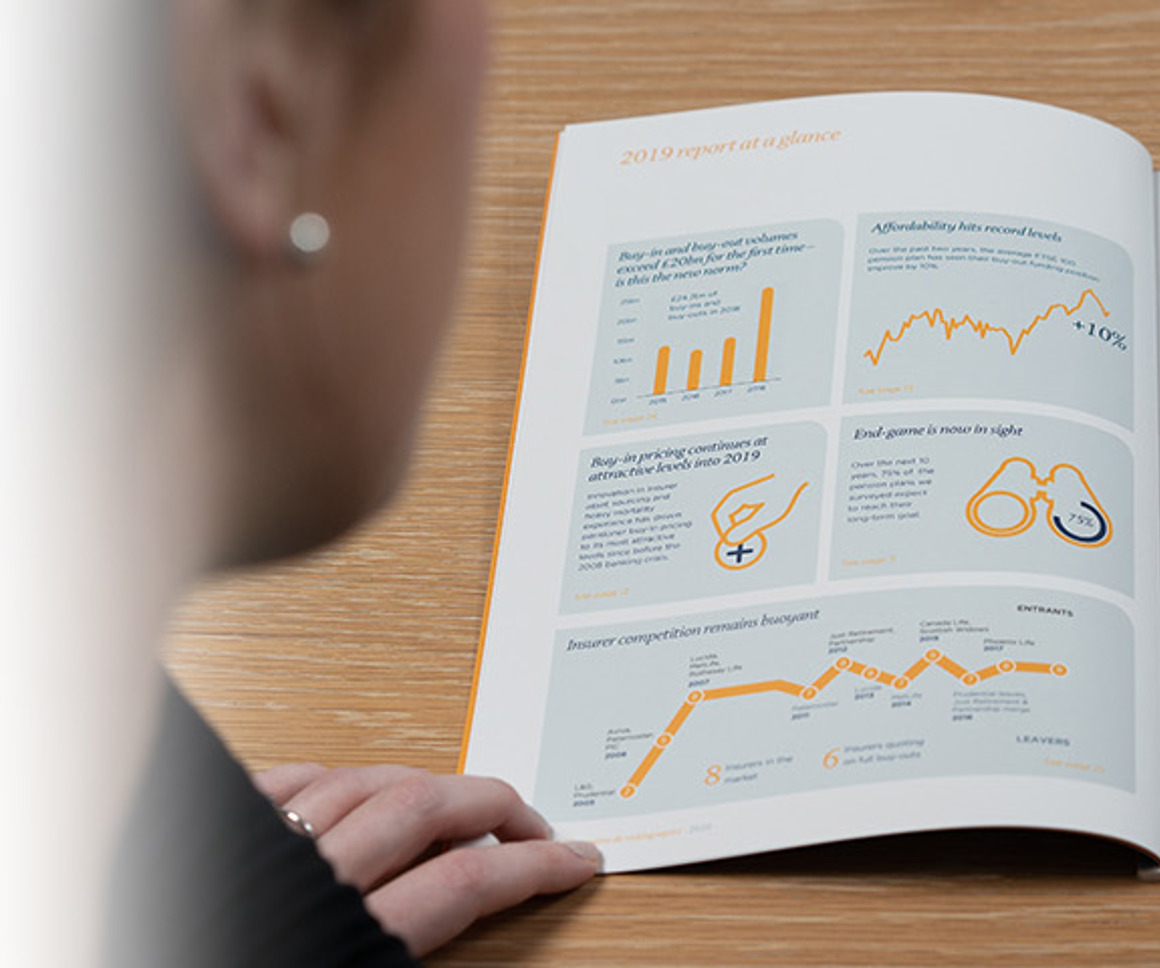On point paper: Can the Chancellor escape his pensions 'triple lock?'
Pensions & benefits Policy & regulation Personal finance
Since 2010 annual increases of the basic state pension have risen in accordance with the highest of three numbers: the growth in prices, average earnings or a floor of 2.5% . This ‘triple lock’ has had a significant impact on public spending and will come under increased scrutiny during the current economic turmoil.
The 2019 Conservative manifesto committed to the triple lock and so the government would have difficulty breaking the pledge. But applying it in the normal way could lead to a surge in the value of the state pension over the next two years which would be expensive and raise issues of intergenerational fairness.
This paper examines the options for modifying the triple lock and suggests a way in which the Chancellor could broadly meet his manifesto commitment whilst capping overall increases.
Key findings include:
- The next pensions uprating (for April 2021) would almost certainly be by 2.5%; this is because inflation is likely to be close to zero and average earnings may even be falling; paying an above-inflation increase to pensioners when millions of workers are facing job insecurity could be politically challenging;
- The uprating for 2022 could be much larger if average earnings start to recover over the next year. Both these scenarios are financially and politically difficult post pandemic;
- The Chancellor could potentially square the circle by applying the principles of the triple lock over two years rather than one;

